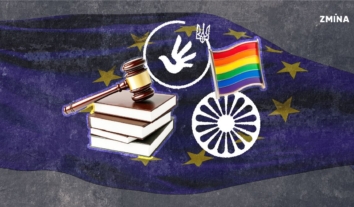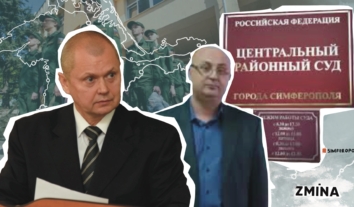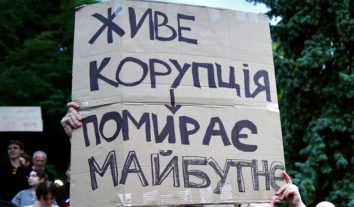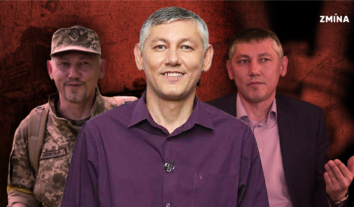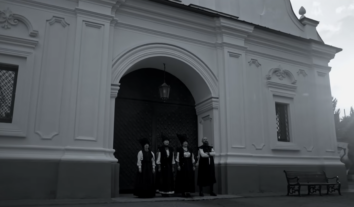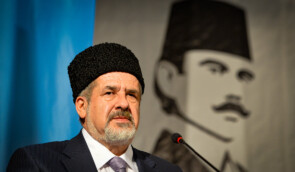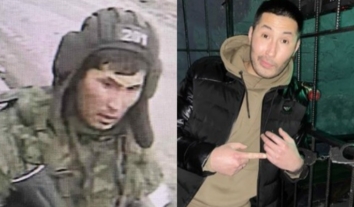One year after launch of police reform. Have Ukrainian police changed?
A year ago, July 4, 2015, the first police patrol officers started their work. That marked the beginning of one of the most high-profile Ukrainian law enforcement reform – the reform of the police. How effective have these changes been and what are the reform achievements?
How everything started
For the past 25 years of the independent Ukraine, each new interior minister, having taken up the office, began to “reform” the law enforcement system, resulting in no changes. The orders for reorganization were issued, people were dismissed for minor misconducts, job titles and names of agencies were changed. And that’s all. So, the corruption schemes were masked – the right people who turned a blind eye to corruption within the system were appointed, the police was turned into a “puppet business.”
The impetus for the real change in the law enforcement system was the second Maidan and the tragic events taken place during the protest rallies against the regime of then-President Viktor Yanukovych in 2013-2014.
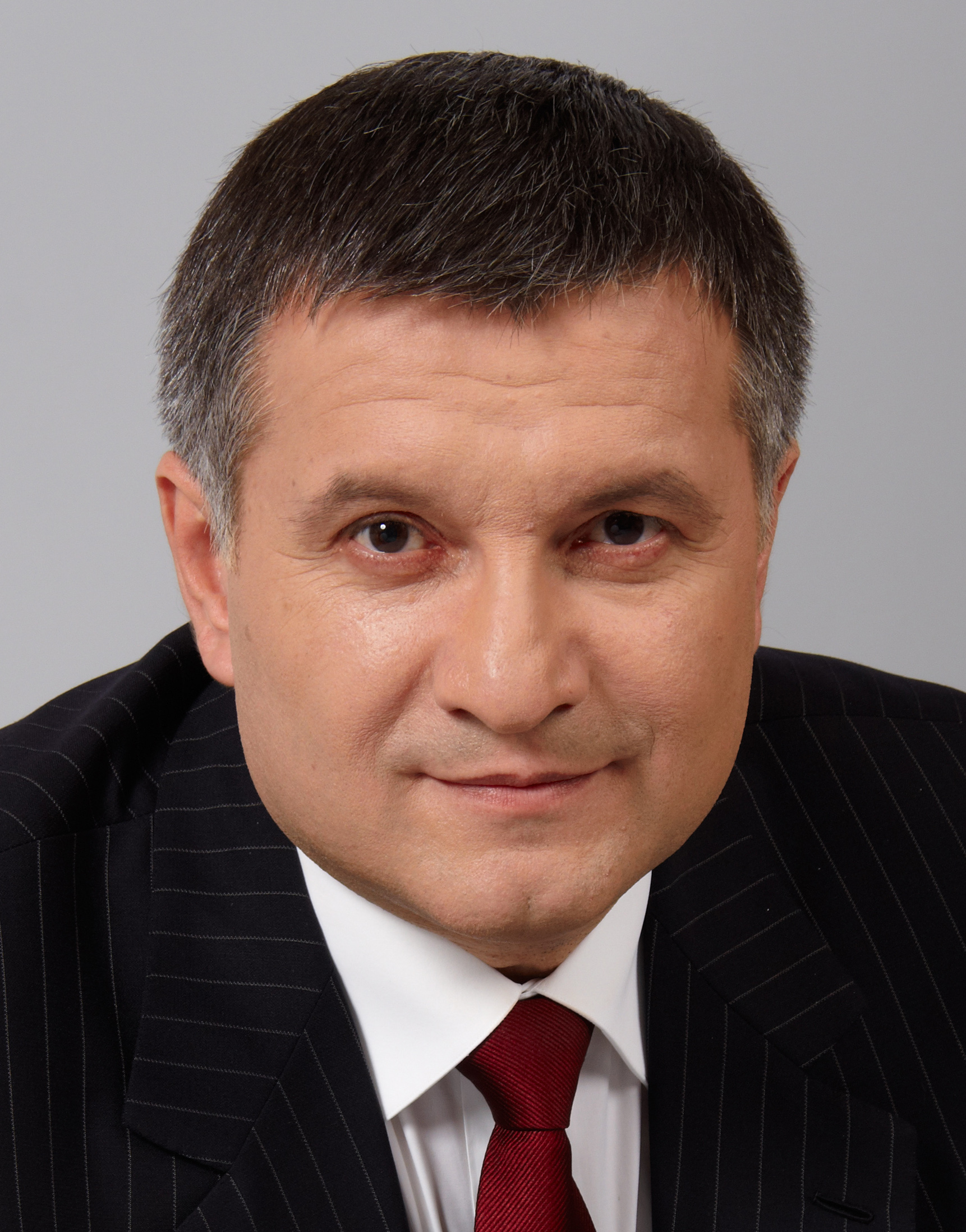
After Yanukovych fled the country, Arsen Avakov was appointed the acting interior minister in the interim government. He set up a public council for reforms, led by human rights activist Yevhen Zakharov. At the same time, the public began to initiate changes at the legislative level and started developing a new bill regulating police activities in Ukraine. Thus, the NGO “Association of Ukrainian Human Rights Monitors on Law Enforcement” and with the Center for Political and Legal Reforms developed the basic principles of reform and prepared for discussion the draft law on police and police activities.
However, as turned out later, the Georgian team, led by Eka Zguladze, was secretly drafting another bill, “On the National Police”, at that time. Developers were in such a hurry they did not even submit the bill to the public hearing as provided by the law.
To “legally” submit an alternative bill to the Parliament and put it to vote, the Interior Ministry began to negotiate with the authors of the public bill, asking for its withdrawal.
The talks were tense. Finally, the bill of the Georgian team was registered at the Parliament, posting on the site of the Verkhovna Rada that the public bill had been allegedly withdrawn by the authors. Despite all the violations, the new Law of Ukraine “On the National Police” was passed by the Ukrainian lawmakers on July 2 last year.
July 4, 2015, the new patrol police officers wearing neat uniform came onto the streets of Kyiv to replace the old police. The concept has changed. Now the police are not a punitive body, but a service provider that supports the rule of law and helps the population. The Ukrainians felt as if they were in the movie, where the brave policemen would definitely protect them from abusers and thieves.
Confrontation of two systems
The Kyiv patrol police were the first to start their work. Previously, the competition was announced for everyone wishing to become police officers. Then, the commission, composed of members of the public, selected the candidates. Training of future police officers lasted three months.
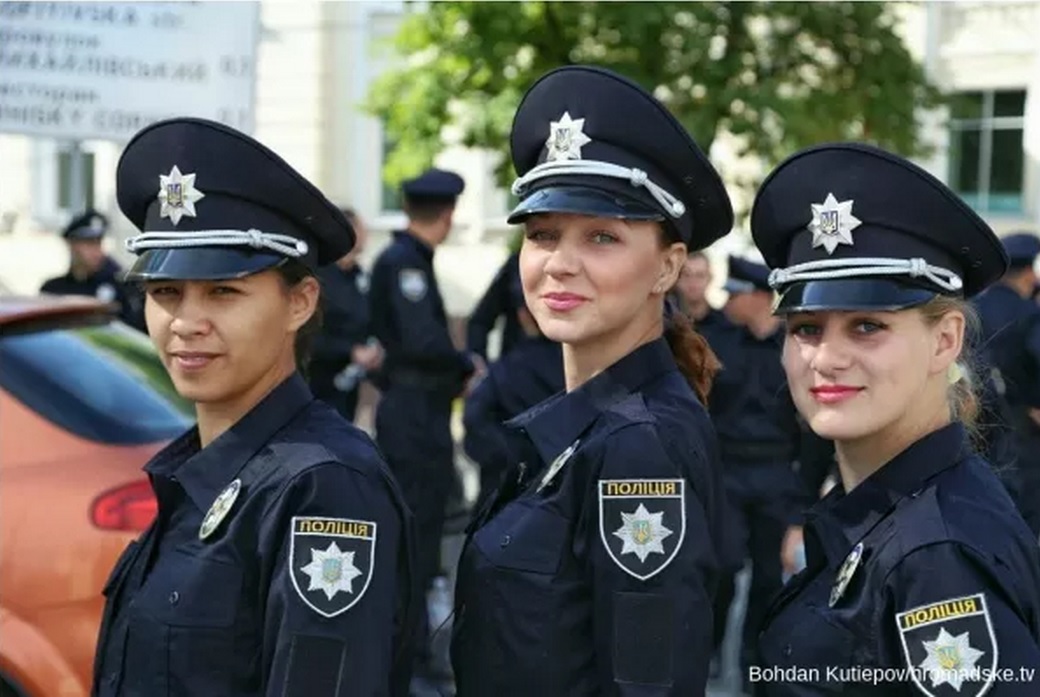
People welcomed the new police officers. It was confirmed by results of the first monitoring conducted by NGO “Association of Ukrainian Human Rights Monitors on Law Enforcement” within its program “Public Monitoring: Police under Control” in order to analyze the quality of work of the new police. According to the study, which lasted from September to October 2015, new policemen politely communicated with citizens, but had bad knowledge of Ukrainian legislation, had difficulties in providing first aid.
However, the most noticeable and significant change for an average Ukrainian as a result of the reform was that patrol police were united with former traffic police. Confusion could not be avoided. As experts explain, this contradiction is reasoned by the fact that there is a “transition period” now, and the old traffic police will work along the new patrol police until the end of 2016.
August 20, 2015, the new patrol police was launched in Odesa and Lviv. Since November 7 last year, new patrol police have started to cover other cities and towns. At the same time, Khatia Dekanoidze, who had previously worked as an advisor to Ukrainian Interior Minister Arsen Avakov, was appointed as the Head of the National Police. Since then, the police actually got two leaders. This, in turn, laid the foundation for further contradictions and tensions between the two leaders.
Meanwhile, the tension between the “old” and the “new” system is felt not only at the highest management level, but also among the rank and file. Some new policemen believed their mission was to come and punish the policemen of the old system. In turn, the representatives of the old system envied the new colleagues. The confrontation was again stepped up by the certification procedure, which, like the sword of Damocles, was hanging over the former policemen.
Certification or profanation?
Along with hiring new personnel (police patrol) officers, the certification of old police officers began. The certification was expected to help identify the real professionals, not tainted by corruption or improper performance of their duties, and to get rid of “bad police officers.” The certification was to be completed in three month so that the entirely new police could start their work throughout Ukraine on November 7, 2015. What did happen in reality?
For unknown reasons, the certification of former policemen was not held within the prescribed time limits. The leadership of the National Police did not find a better solution than to continue it after the expiration of this period. The exact time frame was not set. Police officers, who did not pass certification, were left to work with assigned special status of “acting police officer.” These “innovations” of the National Police were harshly slammed by the experts.
“There cannot be a position of an acting police officer. The certification commissions were set up precisely to certificate the old police officers. However, they began to hire new officers, not having powers to do that,” Vadym Pyvovarov, the executive director of the NGO “Association of Ukrainian Human Rights Monitors on Law Enforcement”, explained.
The National Police instructed the specially created certification commissions, which included the members of the public (public activists, journalists, NGOs), to certificate the old police officers. Everything was perfect at the first glance, but the first months of the commission’s work revealed a number of shortcomings that eventually reduced to nothing the entire process of certification. These shortcomings include poor organization, poor quality of interviews, lack of proper documentation and a complete lack of technical devices for recording (e.g. audio, video recording). However, as the courts mentioned later, there were many legal drawbacks: failure to hold certification within the timeline prescribed in the law, contradictions between instruction for certification and the relevant law, uncertain status of commission’s decisions as, on the one hand, they were binding, but, on the other hand, the National Police had repeatedly stated they were only advisory in nature. That is, even if the commission decides that a candidate cannot do the job of a police officer, it does not mean he or she will be actually fired from the ranks of the National Police.
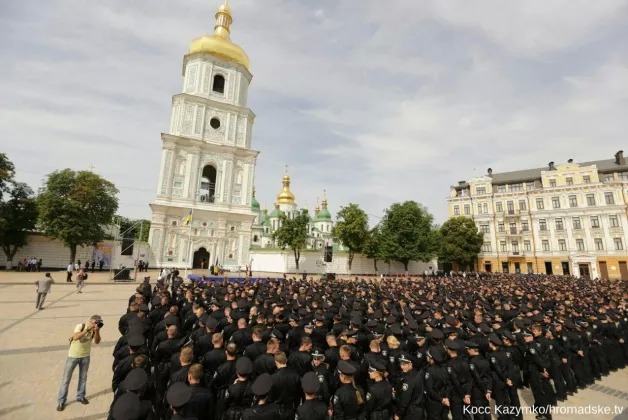
How did it all end?
The National Police has not yet released the official results of the certification, although several months have already passed since completion of work of certification commissions in Kyiv and six regions of Ukraine. The media covered some numbers that could be heard from police and senior officials, but they looked quite murky.
The human rights activists and some media have managed to get the data, using the right of access to public information. The situation turned out to be disappointing as the average result for Ukraine was about 15%. The majority challenged the results of certification, and, not having got the positive result, filed the lawsuits with the courts. As of now, the National Police received 900 writs of summons to court from former police officers.
Taking into account all the above mentioned, a deplorable conclusion can be drawn: 85-90% of police officers from the old law enforcement system continue to work. They are precisely the core of the old police – the criminal bloc with investigative units, operational units, criminal police with special units, which search for criminals and fight against drug crime. These all units have always been associated with the highest level of secrecy, forceful methods of work and a shameful phenomenon of torture. Those, who were recommended to be dismissed by the certification commission, are successfully reinstating in their positions through the courts. And then the question arises – if we had such a corrupt police, then why does the majority of its employees continue working? There may be few answers: whether there was no corruption and the old police worked very well, or the reform mechanisms are inefficient.
Majority of Ukraine’s population does not see the reform results as well. Undoubtedly, the National Police has many services, and it is difficult to reform them all at once. Moreover, the process is complicated with the political and economic crisis and hostilities in the east of the country. The most global problems remain unresolved so far.
Tetiana Goncharuk, NGO “Association of Ukrainian Human Rights Monitors on Law Enforcement”


